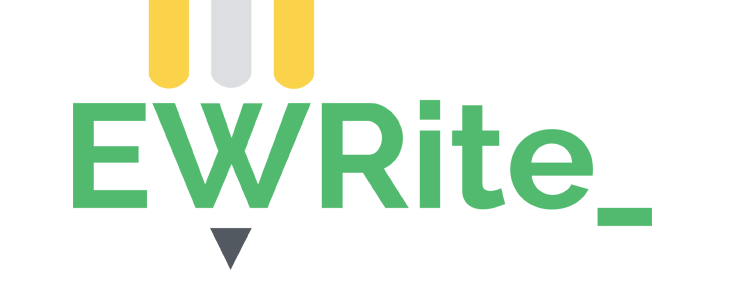3. Writing the introduction
The introduction of your literature review should provide an overview of existing knowledge of the topic/issue being reviewed and definitions of technical terms or concepts if necessary. It is important for you to explain why the topic/issue is worth reviewing by relating your research focus to the knowledge gaps identified, for example, an understudied area. You should also state clearly the purpose (what the review aims to achieve) and scope of the review (e.g. what aspects of the topic will be covered). The organisational pattern of the review often comes at the end of the introduction.
The following are generally included in the introduction to a literature review:
● background information on the topic/issue being reviewed, including its purpose and significance
● definition/explanation of any key terms
● justification for why a review of the topic/issue is needed
● a statement about the purpose and scope of the review
● a brief outline of your plan for/framework of how the topic/issue is to be reviewed
● an overview of the organisation of your literature review
Example Introduction 1
|
1. Introduction
Energy-savings have raised more and more concerns recently, complying with the exacerbating situation of global warming and energy usage. Light-emitting diode (LED), as a critical approach for energy reduction, plays a pivotal role for energy-savings nowadays. LED is a very essential application and is regarded as the potential substitute for traditional lighting, indicating a promising future with huge convenience and considerable profit. In recent years, the development of the LED industry has skyrocketed. Specifically, the LED industry in China is promisingly profitable as it has been selected as one of the "strategic emerging industries" and has been granted considerable government subsidies. To evaluate the plausibility to make profit, it is of great importance to obtain an all-rounded scope of the market and identify the crucial factors which may promote or impede the development of LED.
This review starts with the current global market as well as Chinese market in terms of the scope and trends of LED development. By adopting a SWOT analysis (i.e. strength, weakness, opportunity and threat), this review discusses some benefits and obstacles of the development of the existing LED market, followed by the potential opportunities for and threats to future development of LED to justify whether it is worthwhile to conduct merger and acquisition transactions.
|
background information
significance of work
justification for a review
purpose of work
overview of the organisation + plan for / framework of how the topic is to be reviewed |
Example Introduction 2
|
Introduction
In 2014, there were over a hundred million users of fibre optic network access service in the world [1]. Because of the popularity of such technology, a multitude of merger and acquisition (M&A) activities occur among service providers. The potential impacts, however, are questionable and deserve further research. M&A activities might or might not bring positive effects on companies and society, depending on various factors, such as competition level, corporate culture and time frame of implementing M&A. This literature review aims to evaluate the desirability of these activities.
This literature review is divided into three parts. The first part is the introduction to the scientific principles of optical fiber. The second part, by applying cost-benefit analysis (CBA), examines the effectiveness of M&A activities in the optical fiber communication business. Finally, a conclusion will be drawn on whether these activities are worth doing. |
background information significance of work
justification for a review
purpose of work
overview of the organisation + plan for / framework of how the topic is to be reviewed |
About this website
EWRite is an open access online literacy platform for PolyU community that has two major objectives:
- to support PolyU students’ literacy development within and across the disciplines
- to support subject and language teachers to implement system-level measures for integrating literacy-sensitive pedagogies across the university
This platform provides access to generic genre guides representing typical university assignments as well as links to subjects offered by faculties with specific disciplinary genres and relevant support materials.
The materials can be retrieved by students by choosing the genres that interest them on the landing page. Each set of materials includes a genre guide, genre video, and a genre checklist. The genre guide and video are to summarize the genres in two different ways (i.e. textual and dynamic) to fit different learning styles. The genre checklist is for students to self-regulate their writing process. The genre guide and checklist include links to various ELC resources that can provide further explanation to language items (e.g. hedging and academic vocabulary).
The platform also acts as a one-stop-shop for writing resources for students, language teachers and subject leaders. Information about the English Writing Requirement policy can also be found on this platform. There are training materials for new colleagues joining the EWR Liaison Team.


